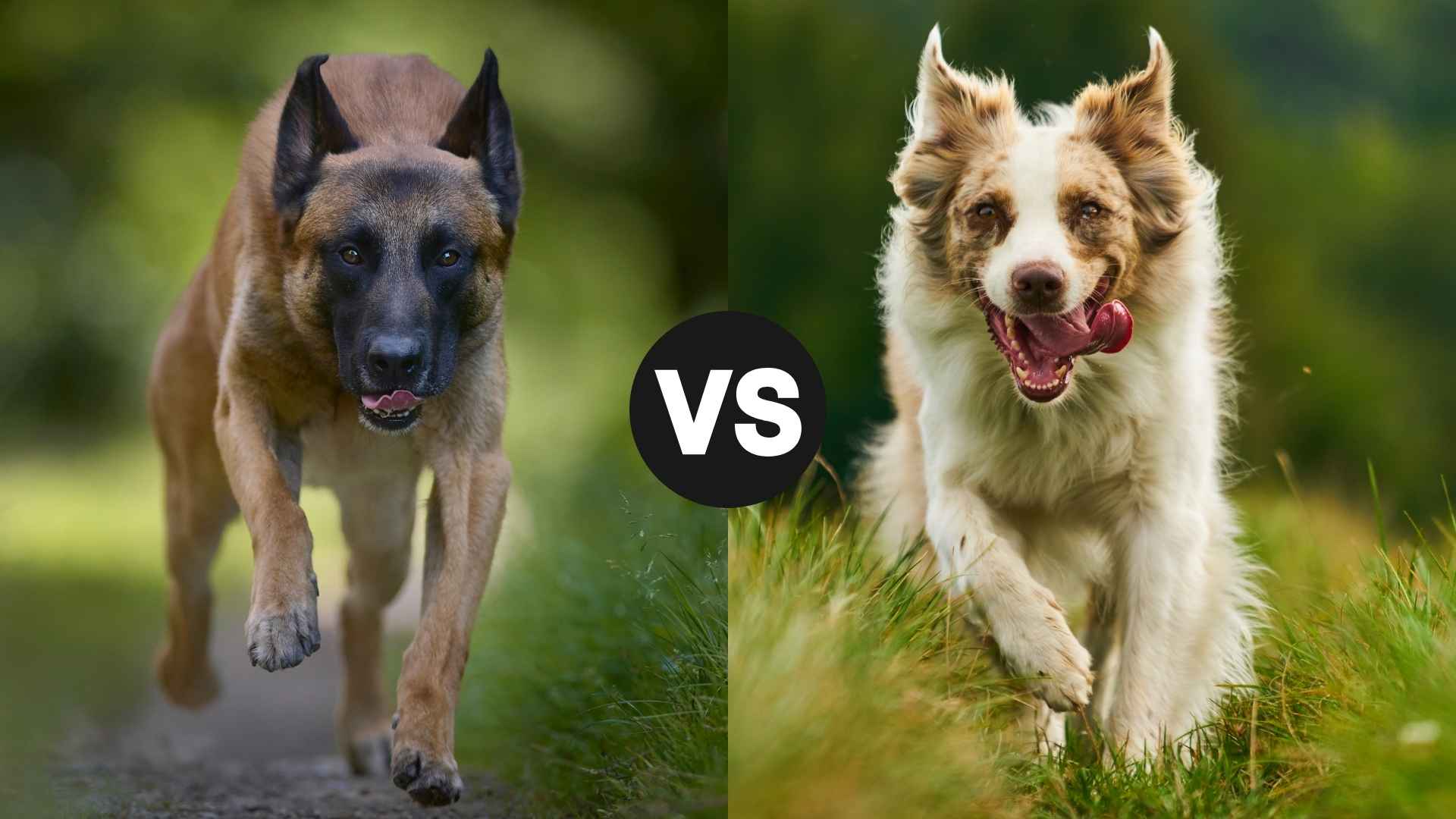What’s the difference between a dog that works with you and a dog that works for you? That simple question separates two of the hardest-working breeds in the world—the Belgian Malinois and the Australian Shepherd.
Both are problem solvers, athletes, and endlessly loyal companions. But the way they operate, think, and connect with people couldn’t be more distinct. One is intensity and precision. The other is motion and spark.
These breeds are often compared, but rarely understood beyond surface traits. Before you decide, it’s worth learning what really sets them apart.
This article compares the Belgian Malinois and the Australian Shepherd across personality, instincts, grooming needs, training difficulty, health, and more to guide you toward the right choice for your lifestyle.
Belgian Malinois vs. Australian Shepherd
Size and Weight Difference
The Belgian Malinois generally measures 22 to 26 inches in height, while the Australian Shepherd stands slightly shorter, around 18 to 23 inches. The Malinois carries a taller, more upright stance with less coat volume. This makes their frame appear even longer when standing still or moving.
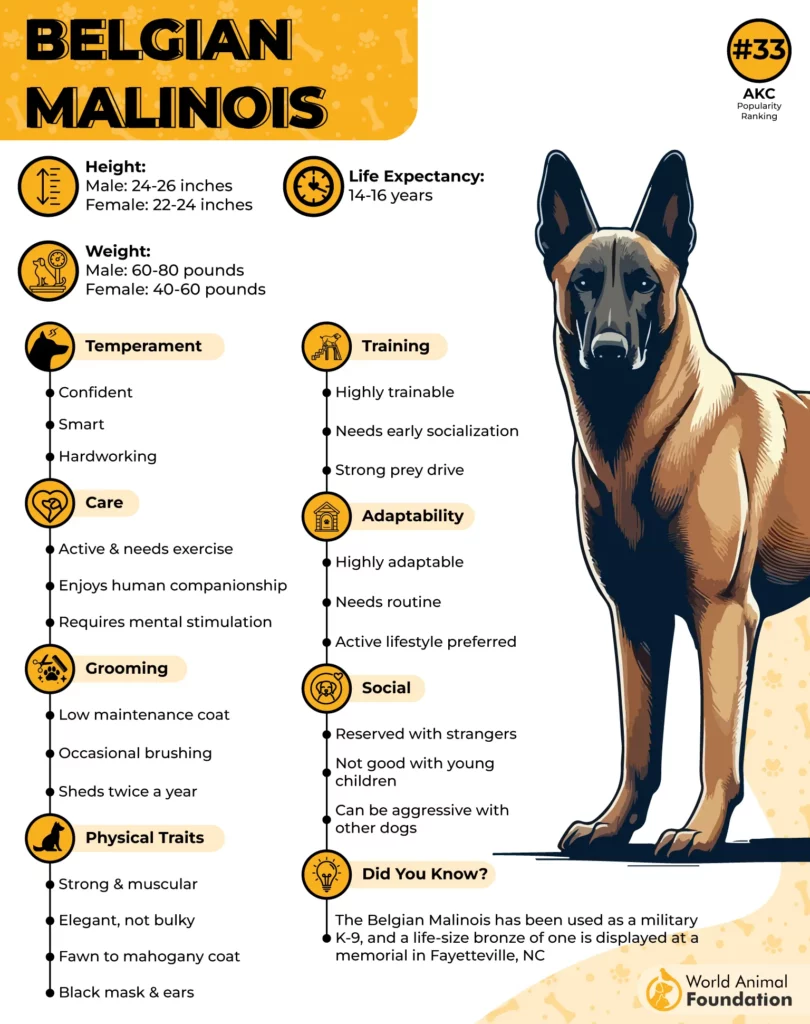
Weight and Build Density
Males of both breeds tend to weigh more, but the Malinois shows a tighter weight range of 40 to 80 pounds. In comparison, the AustrialianShepherd can weigh between 40 to 65 pounds, with more variation in body composition. The shepherd’s weight is more evenly distributed under a thicker coat.
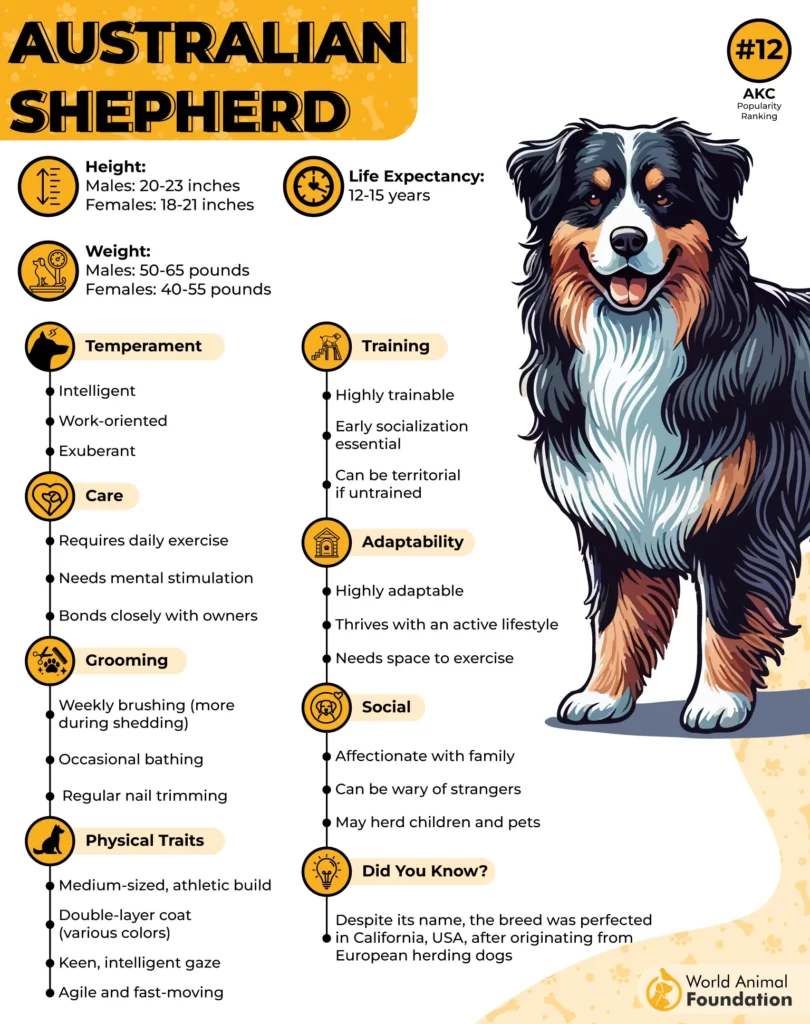
Muscle Distribution and Structure
The Belgian Malinois features a leaner muscle layout, bred for explosive tasks and patrol precision. Australian Shepherds have a more rounded build due to their original role across pastures. While both are active, their strength shows up differently due to these structural differences seen in many herding breeds.
Shape Within Breed Groups
Among working breeds, the Malinois maintains a sharper silhouette, ideal for maneuvering quickly and with purpose. The Aussie, by contrast, carries a fuller body profile but remains agile in motion. Their size distinction becomes more apparent when viewed beside other dog breeds with similar coat types.
Comparing Trainability and Intelligence
Both breeds are highly intelligent, but their trainability shows up differently in task performance. The Belgian Malinois excels in precision-driven roles that require rapid response under structured commands. The Australian Shepherd shows more flexible learning across varied settings, especially in open environments and fieldwork.
Approach to Learning New Commands
The Malinois tends to respond to firm, goal-oriented routines that are repeated consistently. They often outperform in focused drills and require early direction to avoid over-stimulation. Australian Shepherds learn quickly, too, but thrive when the learning feels like part of interactive activities.
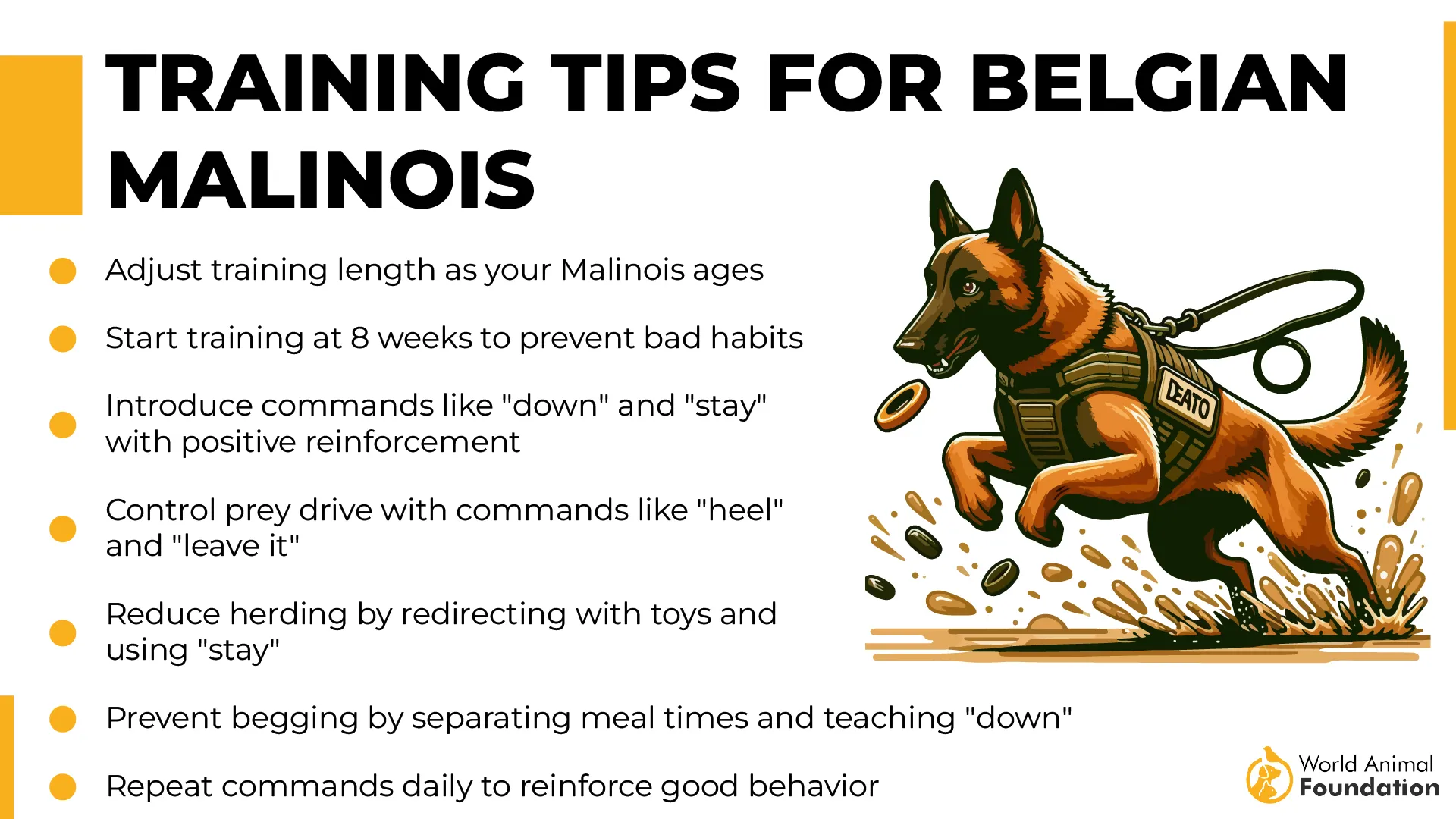
Mental Engagement and Drive
A lack of mental stimulation can lead to behavioral issues in both breeds. The Malinois often demands challenge-oriented sessions, such as scent tracking or obstacle navigation. The Australian Shepherd benefits from frequent engagement that includes puzzle-based games and herding-related exercises.
Energy Output and Intelligence in Action
Strong energy levels and high activity levels are shared traits, though expressed differently. Belgian Malinois are more intense in drive, needing structured physical activity paired with problem-solving. Australian Shepherds remain alert and responsive, thriving when varied activities are part of their daily routine.
Personality Traits and Temperament
Belgian Malinois are intensely task-driven and require structured activities to stay balanced. They’re focused, alert, and demand specific mental outlets. Aussies also have high energy, but their motivation leans more toward herding and interactive games.
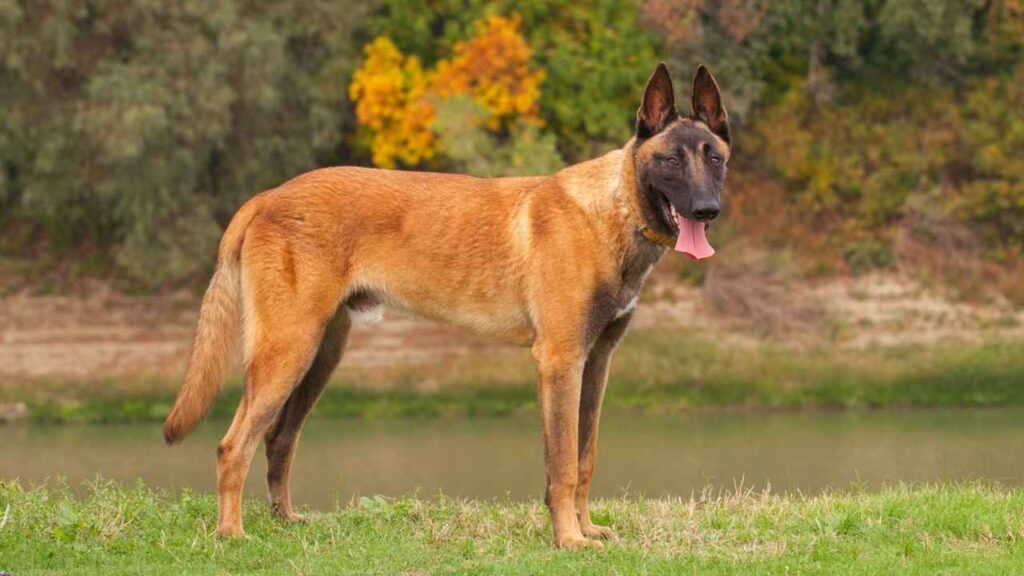
Bonding and Social Behavior
Both breeds are known to form strong bonds with their handlers, though the Malinois can develop a deep focus on a single person. The Aussie tends to distribute its affection more evenly among family members. Close interaction is something both actively seek on a daily basis.
Sensitivity and Reactivity
Australian Shepherds tend to be more sensitive to household changes, sounds, and emotional cues from their humans. The Malinois, in contrast, remains highly alert but is more reactive to external movements. The way each breed responds to correction or praise often depends on consistency and tone.
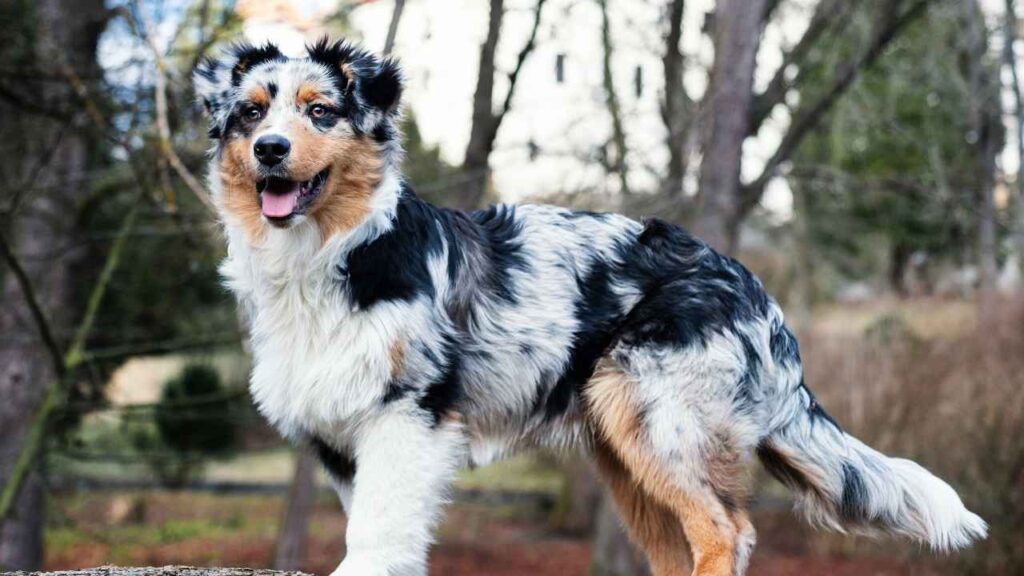
Compatibility with Daily Routine
The Malinois fits best into a lifestyle that includes training routines, structured work, and outlets for intensity. Aussies adapt better to varied daily schedules but still need a consistent environment. Both need time, attention, and someone who can understand their need for ongoing engagement.
Adaptability and Independence Assessment
Belgian Malinois are highly task-focused and require structured environments to function well. Sudden lifestyle changes or unpredictable schedules may lead to behavioral challenges if needs aren’t met. In contrast, Australian Shepherds show more flexibility in adjusting to varied routines and living conditions.
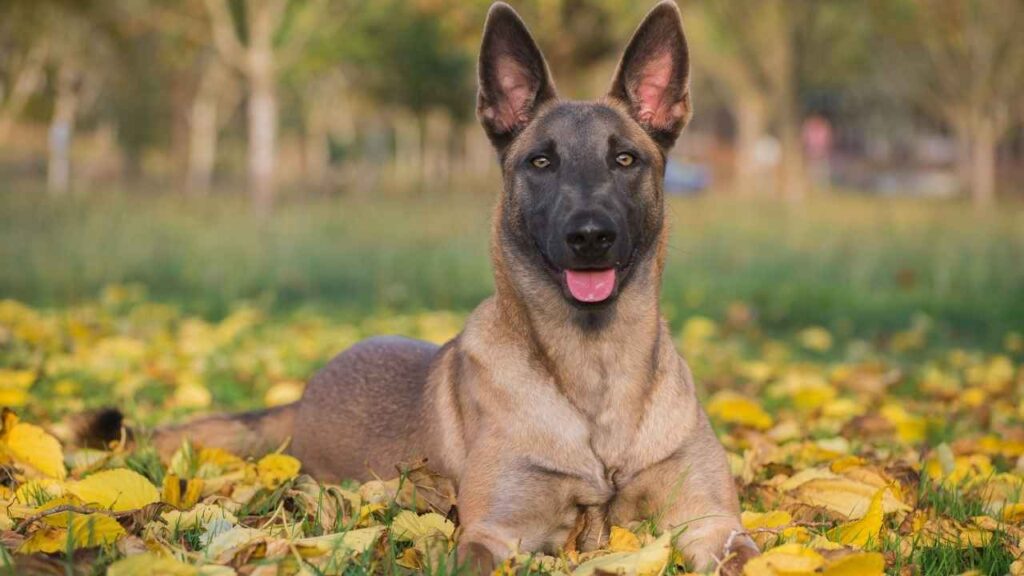
Independence During Alone Time
The Belgian Malinois can develop stress behaviors if left without direction or stimulation for long periods. They rely heavily on purpose-driven activity. Australian Shepherds also prefer engagement, but they tend to self-manage better during moderate alone time, especially when mentally stimulated.
Adjustment to Urban or Apartment Settings
Neither breed is naturally suited for small apartments unless provided with intense daily exercise. However, the Aussies’ slightly calmer indoor behavior gives them a marginal advantage in city life. The Malinois, being high-strung and always alert, requires more space and structured outlets.
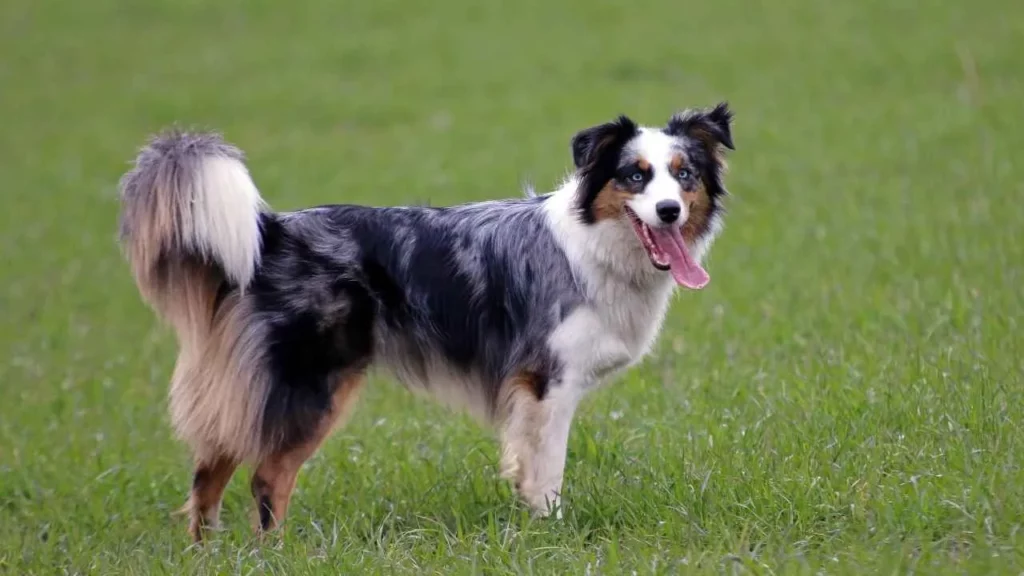
Owner Dependency and Routine Sensitivity
Belgian Malinois are more dependent on fixed tasks and consistent interaction to maintain emotional stability. They often thrive in working roles due to this need. Australian Shepherds also appreciate routine, but their overall independence is better managed without constant direction.
Bite Force and Characteristics
The Belgian Malinois is estimated to have a bite force in the range of 195 to 250 PSI, depending on muscle tension and testing method. Their jaw structure is compact, with well-developed temporalis and masseter muscles. This allows for controlled grip rather than sheer crushing pressure.
Functional Use of Bite
Malinois are trained for apprehension tasks, which rely on accuracy and bite control, not just force. Their grip is often sustained during high movement, indicating efficient neuromuscular control. This makes their bite both reactive and purposeful under working conditions.
Australian Shepherd’s Grip and Tendencies
The Australian Shepherd has a bit of force in the range of 150 – 200 psi, considered moderate and functional for herding. Their nipping style is more about motion control than defense. This instinct helps them guide livestock without causing injury or distress.
Muscle Tone and Behavioral Differences
While both breeds are athletic, the Malinois carries more compact muscle density in the head and neck, which supports bite power. Australian Shepherds rely more on body maneuvering and less on jaw engagement. Their characteristic use of eye contact and movement replaces physical pressure.
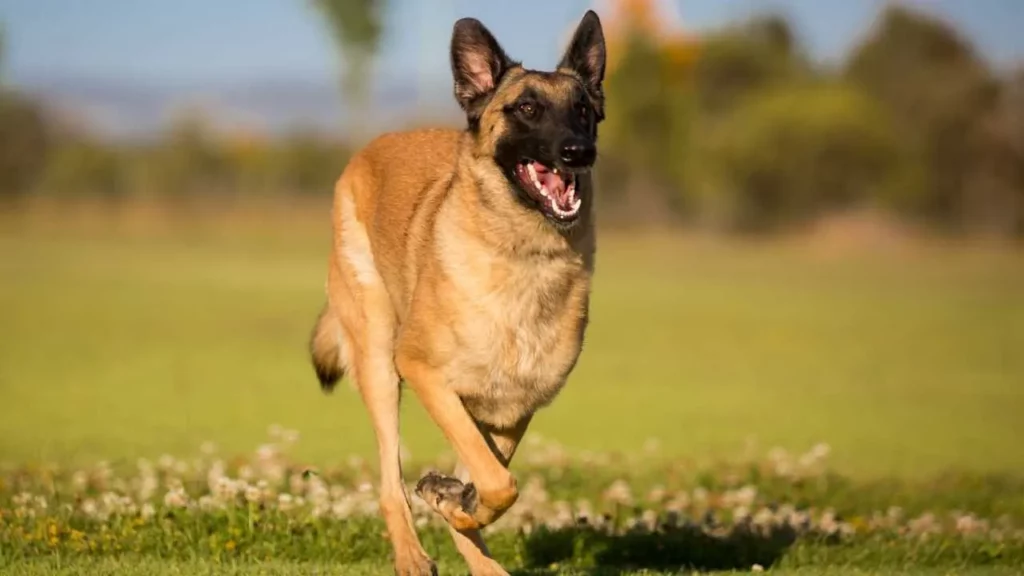
Health Issues and Expected Lifespan Comparison
The Belgian Malinois typically lives between 12 to 14 years, reflecting its sound genetic background. The Australian Shepherd has a similar average lifespan, ranging from 12 to 15 years in well-maintained environments. Both breeds respond well to structured routines and regular checkups.
Common Health Conditions
Belgian Malinois are generally resilient but may face issues like hip or elbow dysplasia, particularly in older age. Epilepsy and progressive retinal atrophy have been documented in the Australian Shepherd population. These issues are well-known and have been recognized by major veterinary databases.
Breed-Specific Risks
The Australian Shepherd carries the merle gene in some lines, increasing the chance of eye defects and deafness in double-merle pairings, as per ASHGI. Belgian Malinois, especially when overexerted, may suffer soft-tissue injuries due to their high physical drive. Proper breeding practices help reduce these inherited risks.

Nutritional Needs and Weight Management for Belgian Malinois vs Australian Shepherd
Belgian Malinois typically need between 2,000 to 3,000 calories per day, depending on their activity level, as per Citizen Shipper. Australian Shepherds usually fall in the range of 1,100 to 1,800 calories. The numbers shift with age, metabolism, and whether the dog is actively working or primarily a home companion.
Metabolic Efficiency and Activity-Based Dieting
The Malinois burns calories quickly due to its naturally high drive and focused temperament. Australian Shepherds are active too, but their bursts of energy are often spaced out with rest periods. Both breeds benefit from high-protein, moderate-fat diets to support lean muscle maintenance.
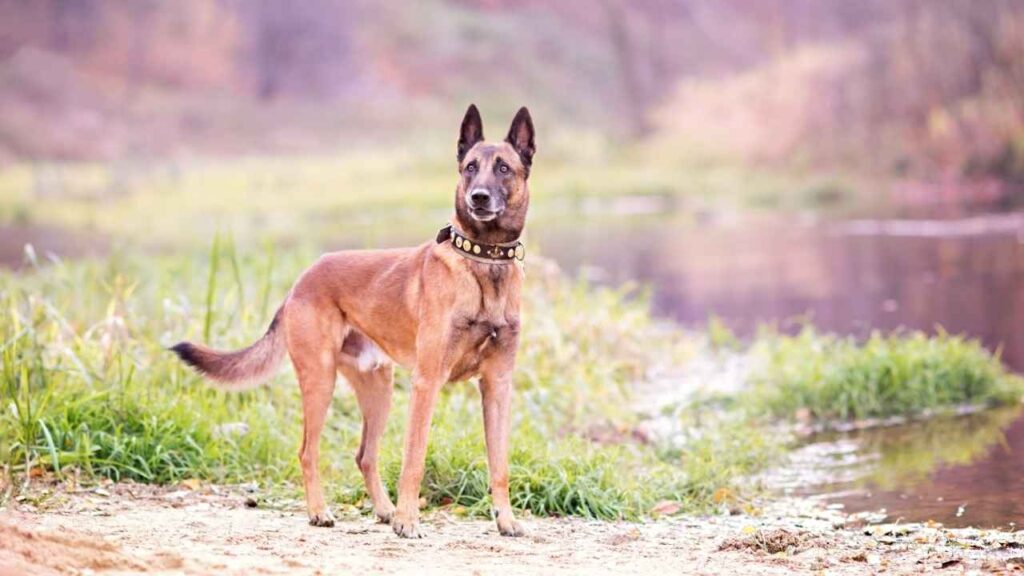
Weight Gain Risks and Common Triggers
Australian Shepherds are more prone to weight gain when mentally under-stimulated or given excess carbohydrates. Malinois are less likely to gain excess weight, but can lose condition if underfed during intense work periods. Feeding routines must match their daily energy expenditure closely.
Grooming Requirements and Allergy Considerations
The Australian Shepherd has a medium-length double coat with a dense underlayer that sheds moderately year-round and heavily during seasonal shifts. The Belgian Malinois also has a double coat, but it’s much shorter and lies closer to the body. Malinois coats shed consistently but are easier to manage due to their texture.
Brushing Frequency and Upkeep
Australian Shepherds typically need brushing three to four times a week, especially during heavy shedding seasons. Their feathered fur around the chest and legs can mat if not regularly maintained. The Malinois usually requires brushing once or twice a week with a firm bristle or rubber grooming glove.
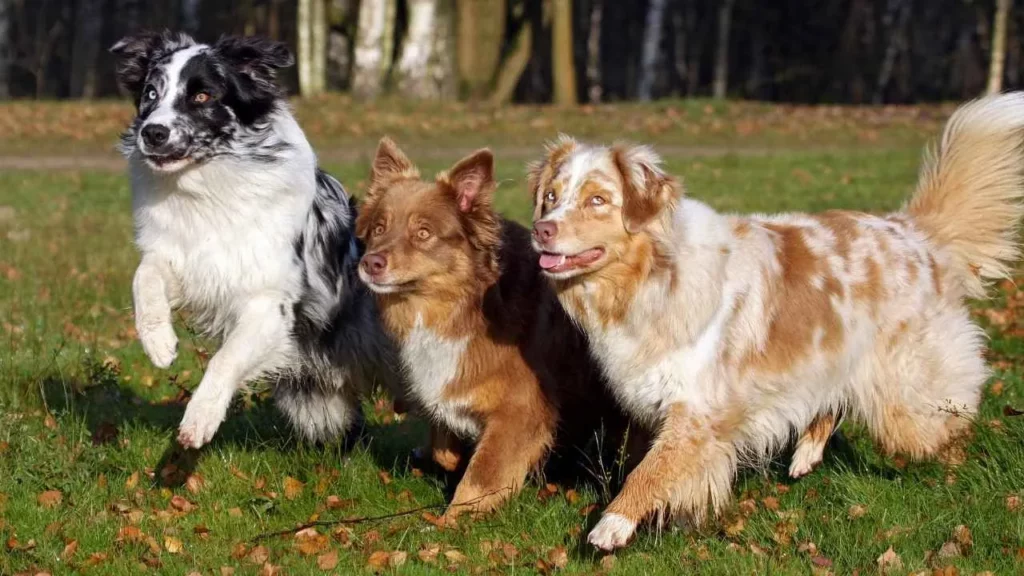
Bathing and Skin Sensitivities
Australian Shepherds can go 6 to 8 weeks between baths unless they’re exposed to dirt or allergens. Their thicker coat can trap debris more easily than the Malinois. Belgian Malinois have fewer coat layers, which allows the skin to dry faster and reduces the risk of fungal irritation after bathing.
Allergy Considerations in Both Breeds
Neither breed is hypoallergenic, but the Australian Shepherd’s longer coat may retain more dander and airborne particles. Regular cleaning of bedding and indoor spaces becomes essential with both. For people sensitive to shedding, Malinois tend to leave less fur on surfaces compared to thicker-coated breeds.
Conclusion
Both the Belgian Malinois and Australian Shepherd bring a strong working dog heritage into modern homes. One offers unmatched focus and drive, while the other balances energy with flexibility. The choice comes down to your lifestyle and daily rhythm.
If structure, purpose, and task-oriented bonding matter most, the Malinois may suit you. If interactive games, varied routines, and family-wide companionship sound better, the Aussie holds strong appeal.
Before adopting either, study their needs in full, from grooming to mental stimulation. Each dog can thrive when matched with the right person. In the end, your routine, not theirs, will shape the most beneficial outcome.


